
Originally Posted by
Painted Jezebel

The Flat (No. 4) is, I think, Celaenorrhinus leucocera (Common Spotted Flat). There are several very similar species, but the hindwing yellow spots are obscure and there is a white costal spot above the cell spot. This species appears to be rare south of Bangkok, with very few reports.
There is a Graphium nomius in the photo, towards the top lefthand corner. I saw one too, but as you say, it is impossible to get a viable photo of a single specimen in a writhing mass of butterflies.





 Reply With Quote
Reply With Quote
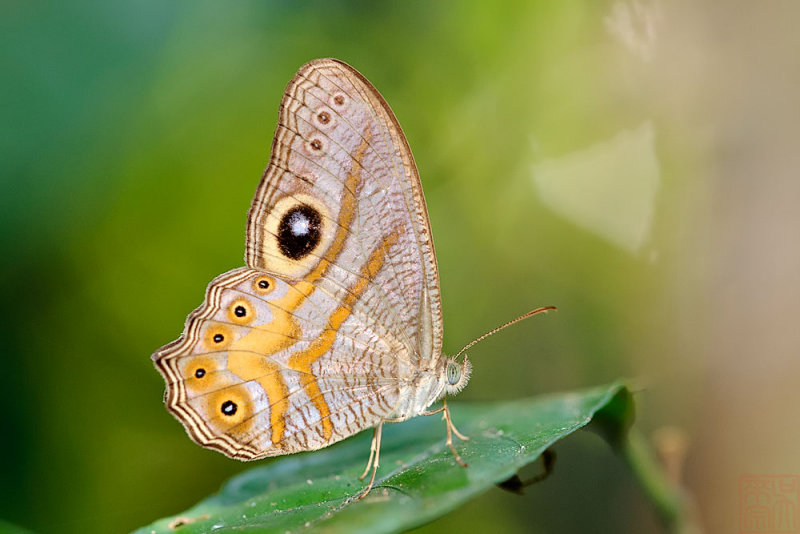
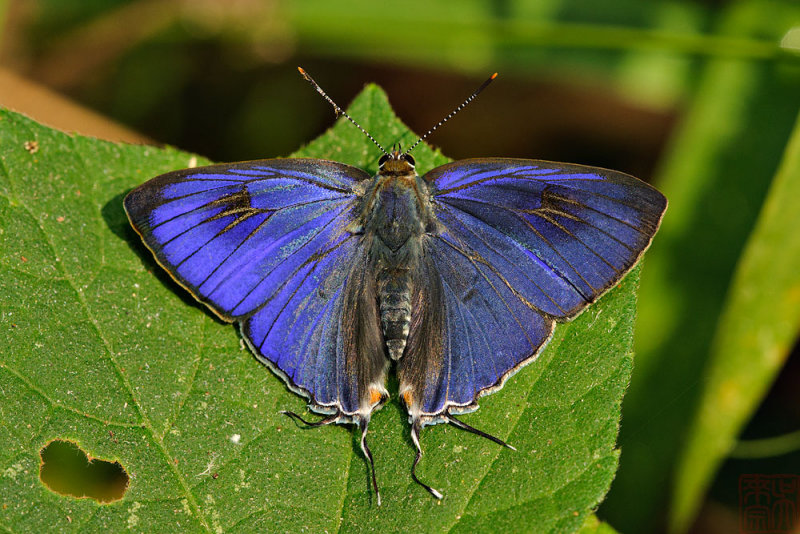
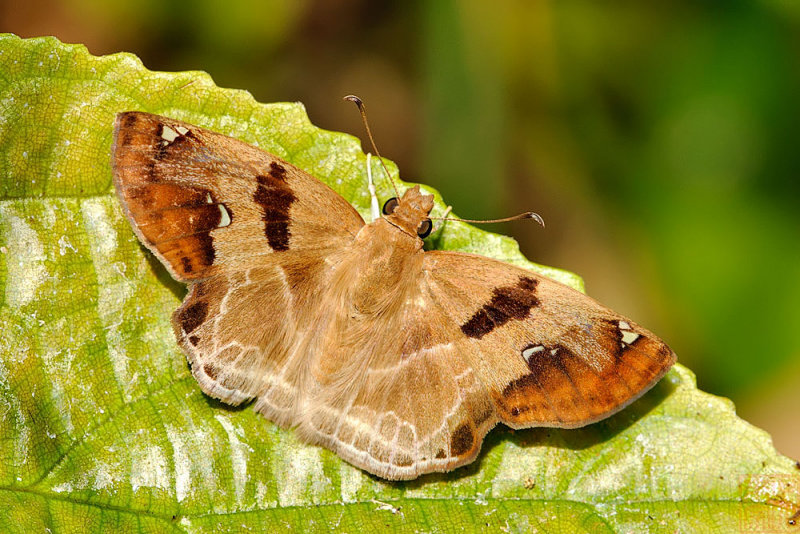

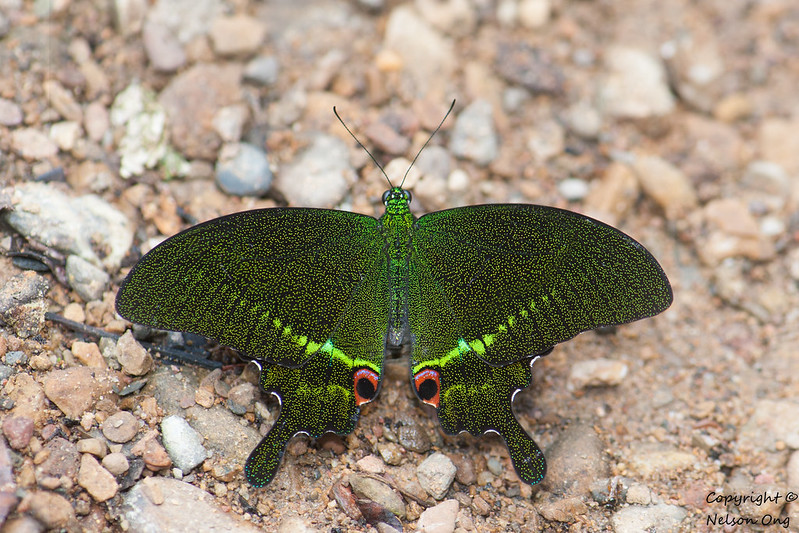
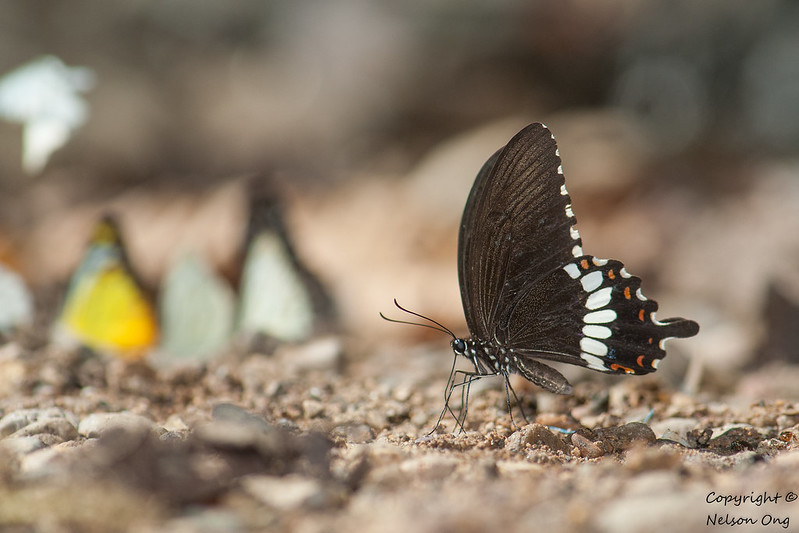

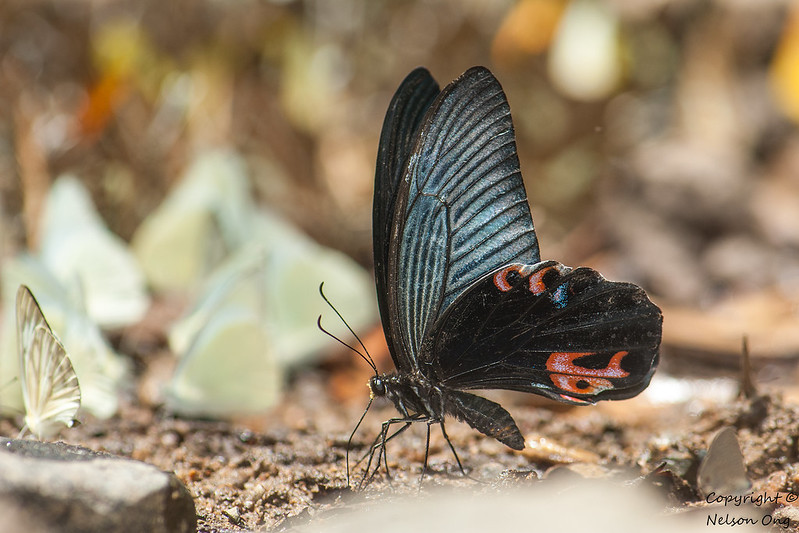
 -
-